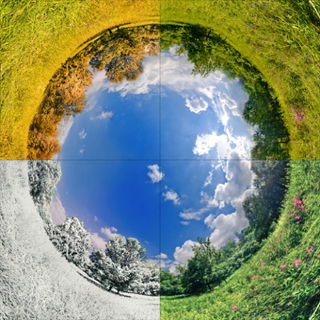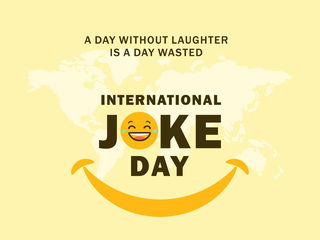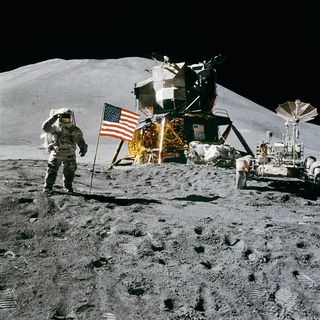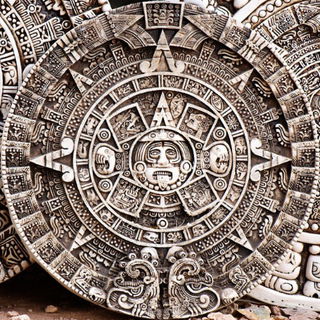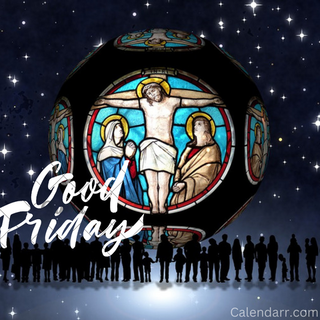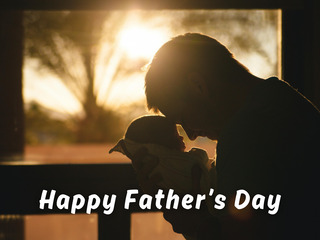On the first Sunday of Advent, the Advent season begins. In 2025, Advent begins on November 30. Between then and Christmas Eve, many families spend time preparing the house for Christmas day while also racing to finish the Christmas shopping.
The meaning of the word Advent comes from the Latin Ad (to) and Venire (come) and translates as arrival. In this sense, Advent is the period of time when Christians wait for the arrival of Jesus who, according to tradition and custom, was born on Christmas day.
Advent is a special family time where people wait together and share in the excitement and anticipation of the arrival of Christmas Day.

The length of Advent changes each year, since the first Sunday of Advent is a moveable feast, whilst Christmas Day itself is fixed. Advent always begins on the Sunday closest to St Andrews Day (November 30th) and officially ends on Christmas Eve.
The Sundays of Advent
In Christianity candles are used to mark each Sunday, there are traditionally 5 candles, Each Sunday and candle used within Advent has a specific symbolic meaning:
- The pink candle represents the joy and celebrations of a child being born. It is traditionally lit on the third Sunday before Christmas.
- The purple candles represent the sovereignty of Jesus in the bible and solemn devotion to him. That solemn devotion, which used to be in the form of fasting and repentance. The purple candles are usually lit on the first, second, and fourth Sundays of Advent.
- The white candle in the middle represents Jesus. White has historically been associated with purity and perfection. It is often lit on Christmas Eve or Christmas Day. Sometimes it is lit at midnight mass on the night of Christmas Eve to welcome in Christmas Day.
Each Sunday during Advent has a theme that the preacher will often reflect on during the morning service:
The First Sunday of Advent
The first Sunday usually has the theme of prophecy, and in particular, the prophets in the Old Testament who predicted the arrival of Jesus are remembered.
For this reason, the first candle, also known as The Prophecy Candle, represents hope found by Christians in the anticipation and arrival of Jesus. To know more, read: First Sunday of Advent.
The Second Sunday of Advent
Known as The Bethlehem Candle, the candle lit on the second Sunday of Advent is to remind Christians of the journey Mary and Joseph took to get to Bethlehem from Nazareth.
For many Christians, it is an example of trust in God and a demonstration of Faith. It is also known as the peace candle.
The Third Sunday of Advent
The third candle is Pink. It represents joy at the happy occasion of Christ's birth. It is also known as The Shepherds Candle. In the Bible, the Shepherd who visited Jesus first encountered angels. The third Sunday of Advent is also known as Gaudete Sunday derived from the Latin word gaudete, meaning "rejoice."
Those angels said to the shepherds "Do not be afraid. I bring you good news that will cause great joy for all the people." It is this Joy that Christians remember on the third Sunday.
The Fourth Sunday of Advent
The last Sunday before Christmas Day is when the fourth candle is lit. This candle is known as The Angel's Candle and represents love, which is at the core of Christmas.
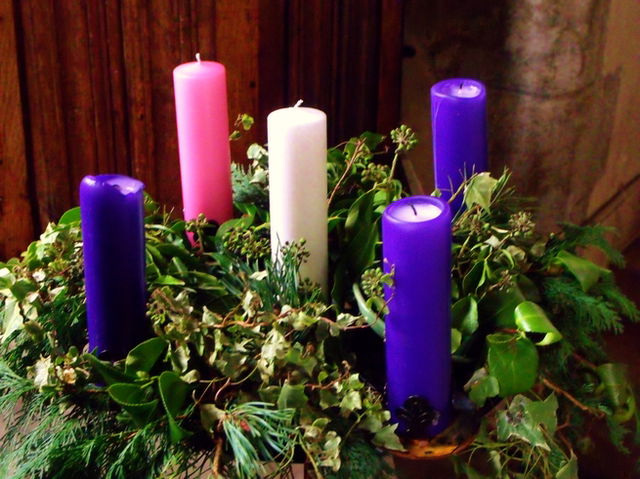
The Advent Calendar
One of the most popular ways to observe Advent is with the Advent calendar. On a typical advent calendar, there will be either 24 or 25 windows, one of which will be opened each day in December, and by the time the final window has been opened the celebrations of Christmas Day are beginning.
Did You Know
- The first published Advent calendar was produced in 1908 in Germany by a man named Gerhard Lang.
- Advent calendars come in all shapes and sizes and are not just about scoffing chocolate. You can buy Lego, whiskey, and branded perfume advent calendars too. While sales of chocolate advent calendars have been decreasing, sales of beauty product advent calendars have been rapidly increasing.
- The world's most expensive advent calendar costs an incredible $10.3 million and had such gifts as Louis Vuitton luggage, luxury watches, and works of art behind each window.
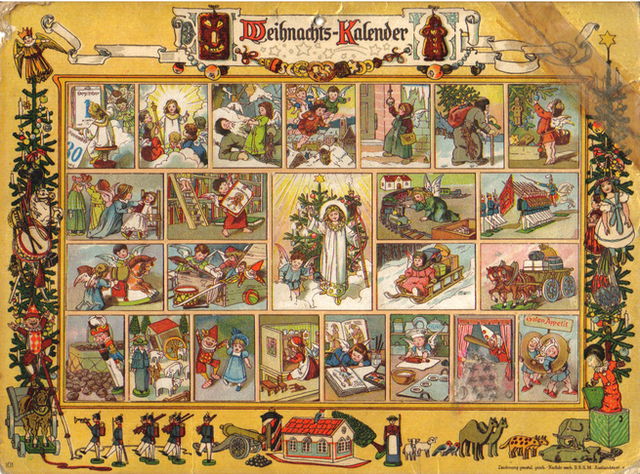
History of Advent
While the exact origins of Advent are unknown, records of the season have existed since at least the year 480. According to St. Gregory of Tours, Advent was introduced in the 5th century by Bishop Perpetuus, and was initially a period of fasting that lasted from November 11 until Christmas Day, and was also known as the Nativity Fast.
Throughout the centuries fasting fell out of fashion, stopped being compulsory, and instead became an optional observance of the Advent season. Only the most devout Christians fasted for the whole of Advent, while some practiced fasting for a few days before Christmas.
The official liturgical color of Advent is currently purple, or violet, which adorns churches and is worn by the clergy. In the past, however, the liturgical color was black, it represented the feeling of atonement that accompanied the preparations for Christmas. Only in 1963, at the Second Vatican Council, did the spirit of Advent change from fasting and repentance to hope, joy, and anticipation for the Second Coming of Jesus Christ.
When does Advent Begin
Here is a list of recent future Advent seasons, starting with the first Sunday of Advent:
- 2026: November 29
- 2027: November 28
- 2028: December 3
- 2029: December 2
- 2030: December 1
You might like to read these articles next:
